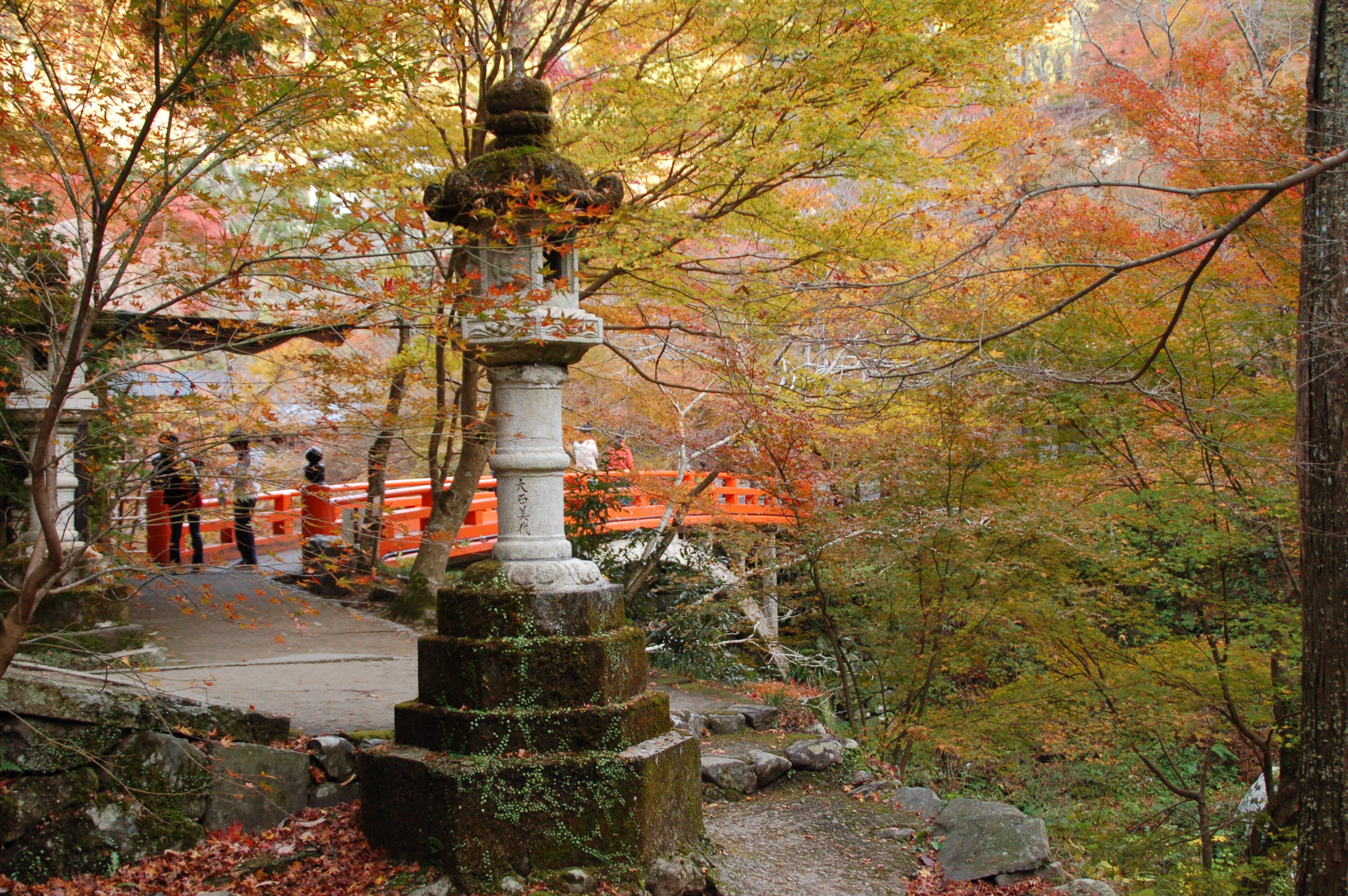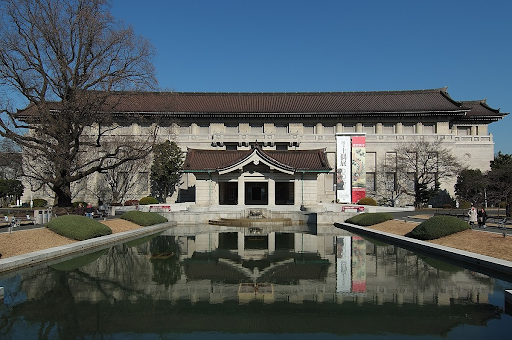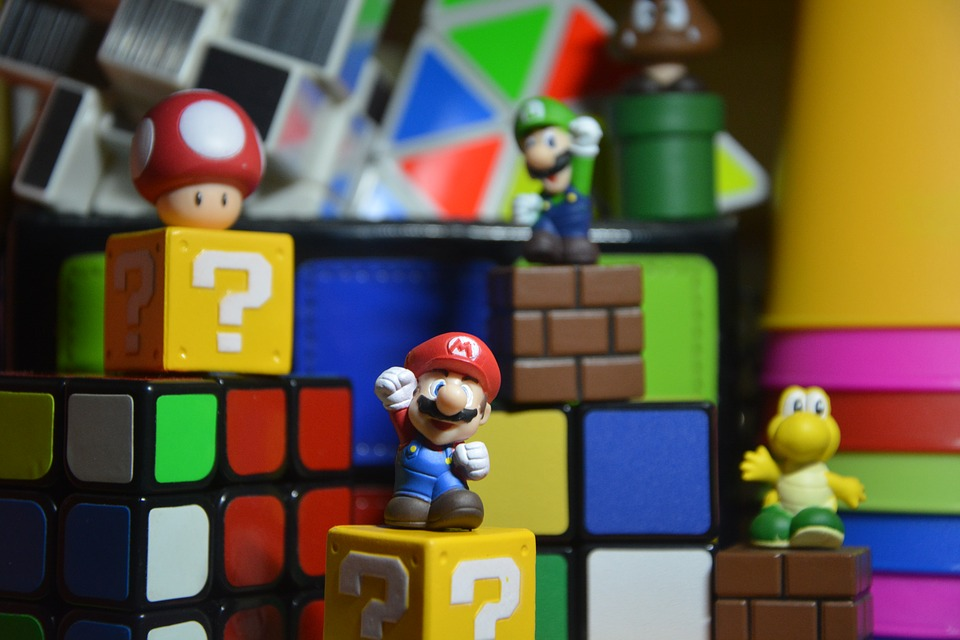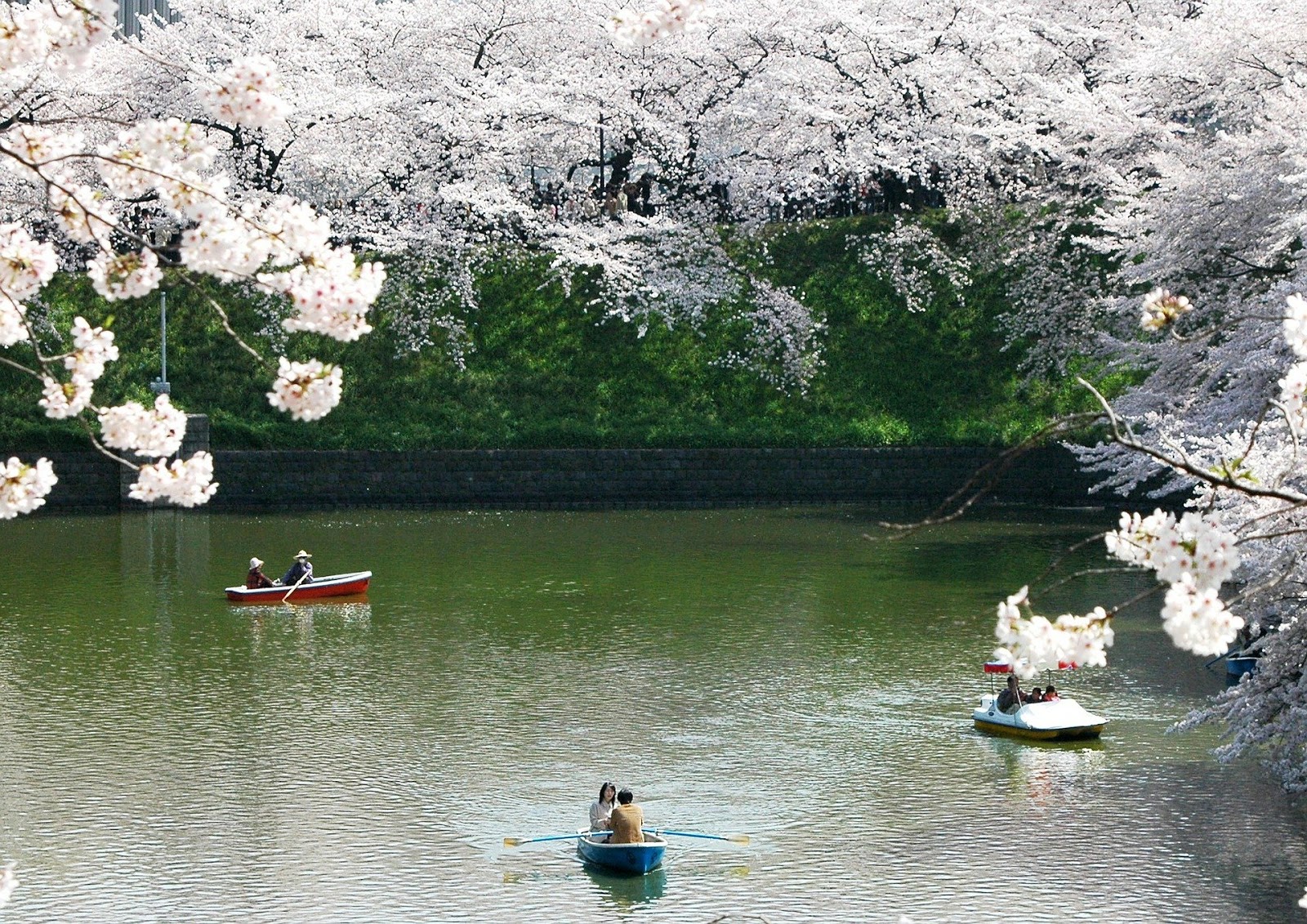The French author and philosopher, Albert Camus quoted autumn as “A second spring when every leaf is a flower”. Oscar Wilde’s said that “And all at once, summer collapsed into fall”. Indeed, autumn is said to be the most beautiful season as leaves of temperate trees turn yellow, pink, red and yellow-green depending on the tree species.
Japan experiences autumn because of its long archipelago stretch that runs from the sea borders of Russia up to Taiwan and the Philippines. Japan experiences four seasons in the northern and southern mainland and subtropical in the south. What makes Japanese autumn special is its distinct autumn-themed cuisine, traditions and popular places to watch the splendour of fall.
Autumnal food and teas
The season’s cool temperature signals for the preparation for the winter season. Most of the Japanese recipes comprise of vegetables and meat abound during the fall season. In Japanese phrase - Shokuyoku no aki or autumn’s appetite highlights calls for the recipes that comprise ingredients and cooking best made during the season.
Some of these recipes include (Miso-zuke) or Miso-marinated fish, simmered pumpkin, Yuan-style grilled salmon, lotus root patties, Hayashi rice, simmered kabocha squash or Japanese pumpkin.
-
Autumnal teas
Because of the season’s cold temperature, teas are a popular beverage. Such teas include matcha (teas derived from green tea leaves), Aki Bancha (made with low-grade sencha or boiled tea leaves), Kombucha (tea made with dried kelp and water), Genmaicha (teas made with toasted brown rice.
-
Matsutake
Matsutake is an expensive and rare mushroom. It’s rare just like its fungi cousins - the highly prized truffles from France. Matsutake tastes smoky and spicy and the word means “pine mushroom”. They can be roasted, grilled marinated or added to stir-fried and chicken broth dishes. In addition, matsutakes can also be added to gomoku rice (a rice dish prepared with 5 various foods), turned into matsutake cabbage, steamed with lingcod, and pickled with green onions.
-
Sanma
Photo by Paul Hsu
Sanma means pacific saury pike. It’s also the autumnal fish of Japan. In autumn, the fish's price and fat content soar. It’s grilled with soy sauce, lemon and salt and garnished with radish. Also, you can enjoy Sanma as sashimi, fried or turned into pasta and mixed with Takikomi Gohan (Japanese rice seasoned with soy sauce and dashi).
Autumn-themed Festivals
Japan is a land of festivals that are themed and celebrated depending upon the location in the country and month. It includes:
-
Kichijoji Autumn Festival (Early September)
-
Kishiwada Danjiri Matsuri (mid-September)
-
Sapporo Autumn Festival (Throughout September)
-
Hachiman Matsuri (Early October)
-
Nagasaki Kunchi Festival (Early October)
-
Autumn Grand Festival (mid-October)
-
Jidai Matsuri, Kurama Fire Festival (Late October)
-
Kamiari Festival (November)
Autumn tourist spots
These places were the best spots to enjoy and admire the colourful leaves of top fall trees such as Icho (ginkgo), tsutsuji (rhododendron), sakura (cherry trees), buna (beech), Tochinoki (horse chestnut) - all these plants change their leaves to orange, reddish-orange and yellow. On top of that, grasses change their colours that are known as Kusamomiji or grass autumn colours.
Notable spots in Japan include::
-
Rikugien Garden, Tokyo
-
Kurobe Gorge, Toyama
-
Tofukuji Temple, Kyoto
-
Kenrokuen Garden, Ishikawa
-
Yamadera, Yamagata
-
Oirase Stream, Aomori
-
Mt.Asahi, Hokkaido
-
Nikko, Tochigi
-
Lake Kawaguchi, Yamanishi
Meiji Jingu Gaien Ginkgo Festival
This festival is celebrated at the Ginkgo avenue (300 m long boulevard) lined with 146 Ginkgo trees that turn yellow. Along the sidewalk, people flock to the Ginkgo lined street to taste and eat some food sold. There are also amenities such as ice rink, baseball field and driving areas.
Dates. From Mid November to Early December 2019
Time: 10 am to 6 pm
Address: 2 Kasumigaokamachi, Shinjuku-ku, Tokyo
Website: http://www.jingugaien-ichomatsuri.jp/
Entry: Free
Access: Chuo-Sobu Line - 0.6 km from the station of Shinanomachi
Ginza line - 407 m from the station of Aoyamaitchome
Kochia Carnival
This carnival is a unique one as this centres around the annual herb Kochia or Bassia scoparia carnival that constitutes 32 000 plants planted in a 1.9-hectare hill. Bassia is a flowering plant from the amaranth family. During autumn, the plant’s leaves turn vivid red as they cover a 350-hectare field at the Hitachi Seaside on the Miharashi Hill. The area is almost like a complete wonderland of beautiful spherical plants that dot the hilly landscape. During summer, Bassia plants are green but as September progresses, their flowers turn pinkish or vivid red. Likewise, some Kochia is also grown for its edible seeds.
Colour changes
Green - Early July to Late September
Green-Pink gradient - Early October to Mid-October
Red - Mid-October
Details
Dates: September 24 - October 15
Address: Hitachi Seaside Park, 605-4 Onuma-aza, Mawatai, Hitachinaka, Ibaraki 312-0012
Map: See Map
Opening hours: 9:30-17:00
Entrance fees: Adult: 15 and above 450 yen
Senior citizens: 210 yen
Youngsters and high school students are free
Kaki (Persimmon) Season
Kaki refers to an orange Japanese fruit or Persimmon that is a season in November. Bitter when unripe but sweet and citrusy when ripe, kaki is available as desserts or freshly served fruits. Some said that kaki tastes sweet, cinnamony taste with a gummy consistency. Japanese persimmon recipes include:
-
Hoshigaki (Japanese Dried Persimmons)
-
Persimmon Daikon Salad
-
Kaki Beets salad
-
Peanuts coated with Kaki
-
Crispy chicken with kaki
-
Kaki Gohan
-
Fruit bowl with kaki
-
Japanese fried oysters
Halloween parties
Photo by Danny Choo
Just like western countries, Japan also observes Halloween which continuously grows in popularity. It began when Tokyo Disneyland started its first Halloween celebration in 2000, soon after, the Universal Studios and Sanrio Puroland made similar Halloween events. People wear cosplay or custom play of spooky characters such as zombies, ghosts, witches, mummies, skeletons and black-themed anime or manga characters. Japanese Halloween highlights the following:
-
Halloween train - As a commuter, you’ll be surprised with trains packed with passengers dressed as zombies, vampires, ghouls, Freddie Kruger, Frankenstein and other creatures from nightmares.
-
Theme park Halloween events - Disneyland, Sanrio Puroland and Universal Studios Japan all run haunted houses and ghost-themed scares events.
-
Street parties - People flock to public squares and busy places (Roppongi/Shibuya) as they adorn Halloween customs.
Details:
Date: October 31, 2019
Location: Shibuya Center Gai Street
Note: A new update that public drinking has been banned during Halloween season due to public chaos and multiple arrests.






